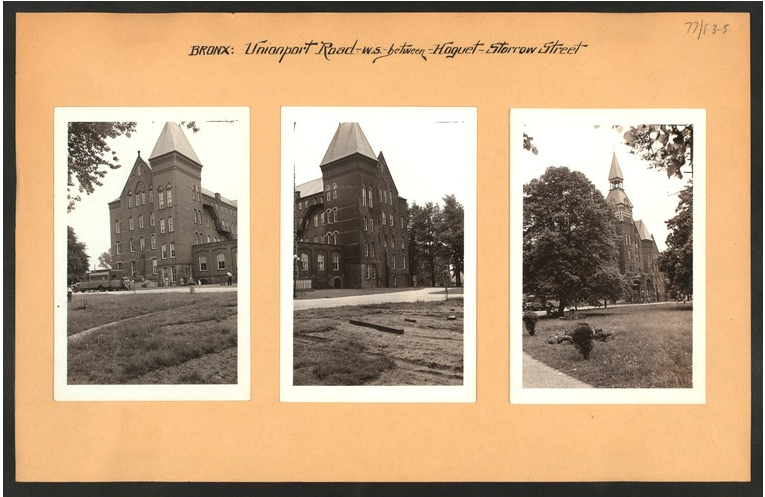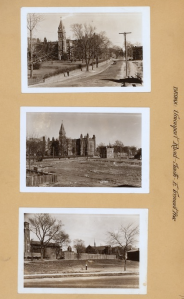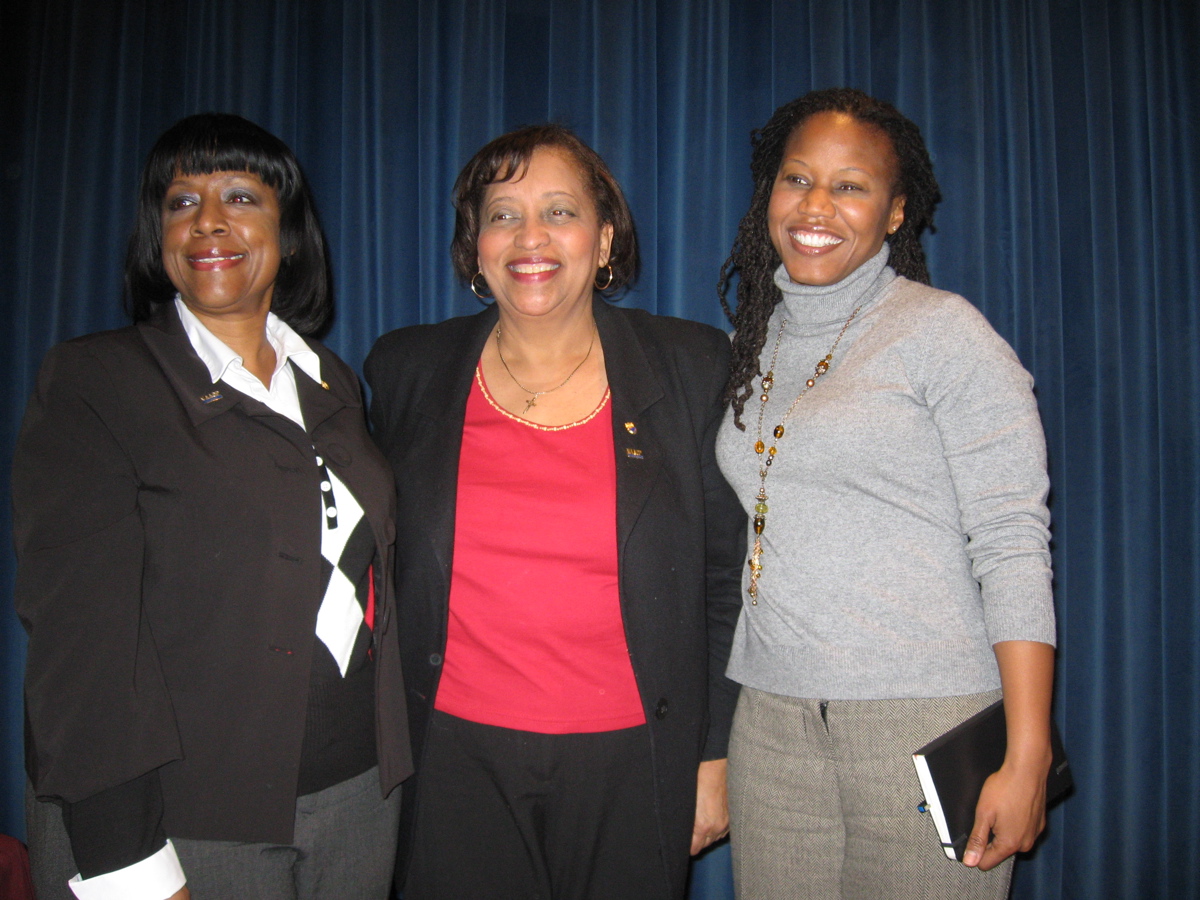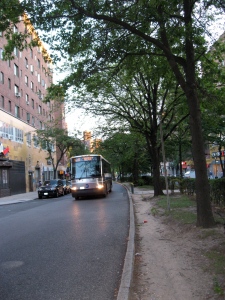
Before Parkchester was Parkchester, and before the Bronx was even officially the Bronx, Parkchester was the site of The New York Catholic Protectory, an orphanage for boys and girls.
At the end of the Civil War a sharp rise of children found themselves abandoned and living on the streets. In 1861, the Protectory, outgrowing its Lower East Side location, came up to the country and farmland — The Bronx (then, the area was the town Van Nest in Westchester county) and set up the school and dormitories for the children.
The boys and the girls were taught a trade so they’d be employable once released. (Many of the boys were tough kids living by their own set of rules and often ran away from the Protectory.) The boys learned letterpress printing, chair caning, shoemaking, baking, carpentry, blacksmithing, wheelwrighting, farming, gardening. The girls learned to embroider, cook and make gloves.
The uniforms they wore were sewn by them in their tailoring department. And the shoes they wore, each child had two pairs, were cobbled on site too.
The boys even had a functioning fire department. But they weren’t able to save the girls’ building when it caught fire in 1875. It was destroyed, but the girls got out safely.
Semi-pro baseball teams rented the fields on the Protectory site for games. High Schooler Lou Gehrig played there with his High School of Commerce team against Dewitt-Clinton. On game days, the number of boys that would most likely run off would drop considerably.

Around 1938, a developer from the Starrett Corporation, a Mr. Robert Dowling, went about looking for land. Seventy-five sites later, he found the land owned by the Protectory. His assessment was that the buildings were “outmoded and dangerously inflammable”. According to his profile in a 1960 New Yorker article, Mr. Dowling, a Protestant, never revealed to the fathers in charge at the Protectory who he was representing. He convinced them that if they sold the site to him, they could find a more cheerful site somewhere else. Mr. Dowling’s company paid five million dollars for the land. He secured the equivalent of fifty-five city square blocks for the Metropolitan Life Insurance Company project: Parkchester, the world’s largest apartment house community. The Protectory was razed completely. No original buildings exist.
*
I worked with a woman who confided in me that she’d grown up in a protectory on Staten Island in the late 1950’s. She was dropped off when she was two years old with her older brother and sister. Her mother had nine children and could not care for all of them.
My friend told me she was allowed to go home certain weekends and holidays, or sometimes she and her siblings would sneak off and go to their mother’s apartment on E. 8th Street, in Manhattan to spend the weekend. My friend was often in trouble for talking or for her “fresh” mouth. She said the nuns would always tell her, “This is going in your file.”
This elusive file was held over her head the entire 15 years she lived there. And she never saw it. Until, seven or eight years ago, her brother got hold of the file. It is 1 1/2″ thick. She showed it to me. Inside are pages, single spaced typewritten pages — daily records of her activities: her “fresh” mouth incidences, her trips to the infirmary, phone call logs, conversations with her mother (who had moved 28 times in ten years all around Manhattan and the Bronx). But the records are not the work of the nuns. In fact only one or two pages addressed my friend’s “fresh mouth”. The records were kept by the social worker assigned to her family’s case. It is a fascinating yet gut wrenching account of her life, not even the most dutiful mother or father could have kept such a detailed daily diary. I told my friend that that file is an odd and extraordinary gift. She said yes it’s true.





